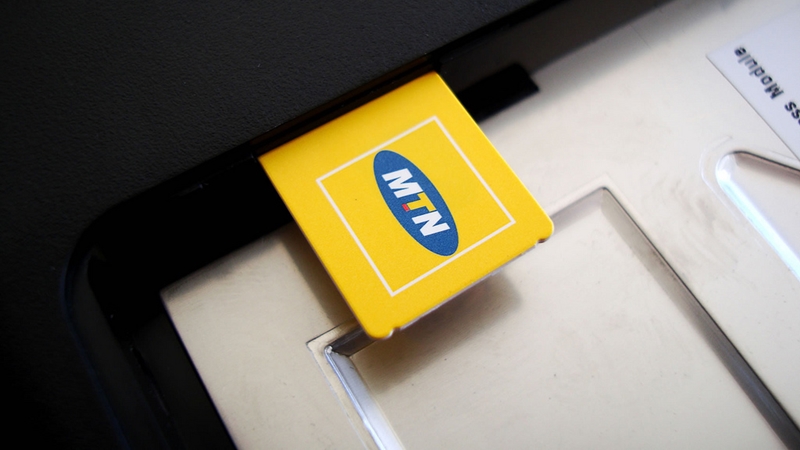- MTN South Africa has entered into a service level agreement with the Johannesburg Roads Agency.
- As part of this agreement, MTN will provide traffic lights near its base stations with backup power.
- The network operator is also creating a “traffic corridor” on 14th Avenue in Johannesburg in order to alleviate the congestion loadshedding creates.
At the beginning of July, Vodacom announced that thanks to a partnership with the Johannesburg Roads Agency (JRA), it would keep traffic lights around its campus on during loadshedding.
This was a rather small project considering only two traffic lights would remain on and neither was located on a major route.
Now, MTN South Africa has announced a similar partnership with the JRA only with wider reach.
The network operator has announced that traffic lights near its base stations in Soweto will be powered by MTN’s infrastructure during loadshedding.
“The JRA must be commended for their commitment in ensuring swift progress in implementing this project. This is an excellent example of what can be achieved when the private and public sectors work together to positively impact the lives of citizens,” said MTN South Africa’s chief executive officer, Charles Molapisi.
According to this map from Cell Mapper, MTN’s towers in Soweto are located along major roads including Chris Hani Road, Bolanti Road, and Adcock Street. With many roads branching off of these, this is good news for residents who have to commute during power cuts.
Like Vodacom, MTN will also be addressing power cuts on the road leading up to its headquarters in Johannesburg. MTN’s headquarters are located on 14th Avenue, Fairlands and anybody who has travelled that road during peak hours will know that if the lights are out, it’s pure chaos on the road.
The network operator says it is creating a “traffic corridor” that will stretch from Flora Clinic to MTN’s offices. Traffic lights along this corridor will be powered by MTN’s backup power solutions on its campus.
“We are engaging a number of metros to offer this solution in other parts of Gauteng and the rest of the country. Strong public and private partnerships can make such a positive impact on the lives of South Africans and this is one such example, where a simple collaboration using existing infrastructure will help decongest traffic, while also saving commuters time, frustration and money,” said Molapisi.
Municipalities that want to collaborate with MTN are directed to email trafficlightsmtn[at]mtn[dot]com.
“By partnering with business, we are taking proactive steps to alleviate the impact load shedding has on commuters, due to its impact on our traffic lights. To ensure efficient traffic flow at peak times, we need smooth-flowing traffic corridors that lead traffic onto highways, keeping people moving to their destinations with ease and efficiency. By ensuring a stable power supply to traffic lights, we aim to enhance road safety, minimise congestion, and create a more seamless driving and transportation experience for all road users,” said acting chief executive officer at JRA, Zweli Nyati.
This is a great idea but the proof in how great will rest in how effective MTN is at supplying power and getting these initiative’s off of the ground. It’s important to remember that infrastructure needs to be adapted to allow for backup power to be supplied to traffic lights and it will depend on how long that takes for this programme to be considered a success.
With that having been said, we look forward to how Vodacom responds to this gauntlet now that MTN has one-upped the network operator.

